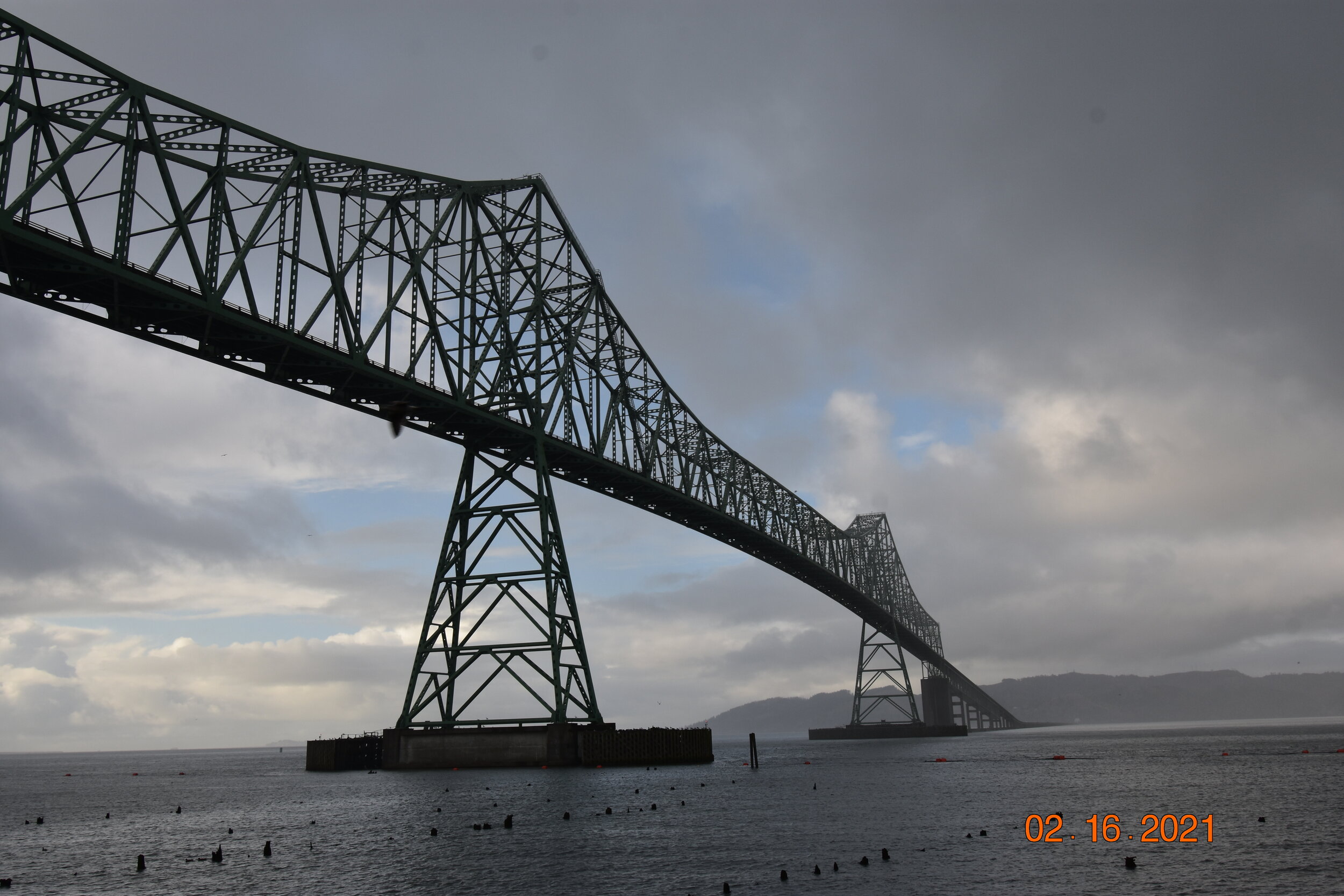Go to Astoria
/(In the midst of struggle and deception, it’s important to find moments of surprise and wonder. I wrote a while back about finding this in Crater Lake, Oregon. The following returns to Oregon, to again marvel at the experience of just being alive…)
ou’ve certainly heard the old line about what happens when an unstoppable force meets an unmovable object. Well, I don’t know the answer to that question. But I do know where to see it in action—Astoria, Oregon.
In this case, the unstoppable force is the mighty Columbia River…and the immovable object is the world’s largest ocean, the Pacific. The spot where they collide is among the most treacherous waters on Earth. Winds can reach 70 miles per hour. In 2018, storm waves swelled to 60 feet. But for boaters, a more persistent danger lives beneath the surface. There lies the infamous Columbia River Bar. Since the late 1700’s, more than 2,000 ships have run aground atop it, earning its name as the “graveyard of the Pacific.”
The Columbia is the second largest river in North America by volume. Tributaries drain from an area of more than 260,000 square miles--larger than all of France. Those headwaters flow from as far away as Nevada, Wyoming, Montana and Canada. They feed a Columbia that was once a thunderous monster, crashing and carving and roiling and somersaulting a distance of more than a thousand miles. It was the realization of the term, “force of nature.”
The Columbia began forming 17 million years ago, but wasn’t “discovered” by white men until a captain from Boston sailed into its mouth in 1792. He named the river “Columbia” after his ship. Thirteen years later, Lewis and Clark navigated it in canoes in the opposite direction to end an 18-month search for the Pacific. They decided to spend a cold and wet winter nearby, one day venturing down to the waters to examine a beached whale. That would not be the last wildlife casualty. By 1811, Astoria had become the first permanent settlement in the United States west of the Mississippi, building its early economy on the pelts of beaver and otter. When that supply was depleted, Astoria shifted to salmon. By the 1880’s, nearly 40 separate canneries operated along the waterfront, attracting immigrant workers from around the world.
Today, it must be said that the Columbia is tamed. Fourteen dams have turned a once-raging river into a string of windy lakes. Environmentalists may lament this. But the power generated by those dams was inspiration for one of the most iconic folk songs in American history. Outdoor enthusiasts will tell you that the river near Hood River, Oregon marks the wind surfing capital of the world. However, downriver where the Columbia and Pacific crash, no one windsurfs.
It is history that also makes Astoria special, and it is fully on display at a little gem called the Columbia River Maritime Museum. You don’t have to be a fan of museums to enjoy it. In a sense, it’s a museum that visits you. It breaths humanity. Let me offer three examples:
In 2011, a tsunami engulfed the eastern shores of much of Japan. Hundreds were reported killed or missing. Two years later, a small wooden Japanese fishing boat washed ashore in Oregon, its hull ruptured. It is an unlikely survivor of a 5,000 mile voyage.
The waters are still deadly. The U.S. Coast Guard averages a rescue per day of boaters trapped by the conditions. Some of those rescues are by ship, some by helicopter. A separate hall of the museum pays tribute to these efforts. Particularly arresting are tape recordings of actual radio contacts made during these rescues. In one, a boater is asked how many aboard are wearing life vests. The captain reports that three are, and one is not. It is not surprising to learn which of the four did not make it.
Astoria is also home to a group called the OBON Society. It exists for a single, humanitarian effort. During World War II, deadly fighting occurred far away, out on the islands of the Pacific. It was common for Japanese soldiers to carry with them ceremonial flags, adorned with hand-written wishes from family and friends for safe passage back home. Many of those soldiers were killed in battle, and their flags were snagged by U.S. soldiers as war souvenirs.
The families of many of those U.S. soldiers decided this was not right. They realized how fortunate they are that their loved ones returned home; and how devastating it must have been for their counterparts in Japan. Their reunions never happened. So, they are now giving those flags back.
An exhibit in the Museum pays tribute to the OBON Society, the organization coordinating those returns. Consequently, hundreds pf flags have found their way home, 70 years later. You might imagine the impact of those “reunions”—but you can click here to see one as it happened.
very day, a line of huge tankers is guided by two separate types of river pilot. Those shipping goliaths tiptoe alongside the graveyard of the Pacific. They inch beneath the Astoria bridge. Overhead, two narrow lanes of traffic hold their breaths as they cross a windy span more than twice the length of the Golden Gate. From the Museum patio, you watch the ships and the cars, and understand that the waters you see in front of you are eternal; they have been remaking the Columbia at Astoria for 17 million years.
And this is the moment it hits you.
How small and transient we are.
How tenuous are our connections to the rest of the world—and to each other.
And how lucky we are to stop and feel this.
Go to Astoria.
(The museum website is here.)
Have a comment or thought on this? Just hit the Your Turn tab here or email us at mailbox@cascadereview.net to have your say.





